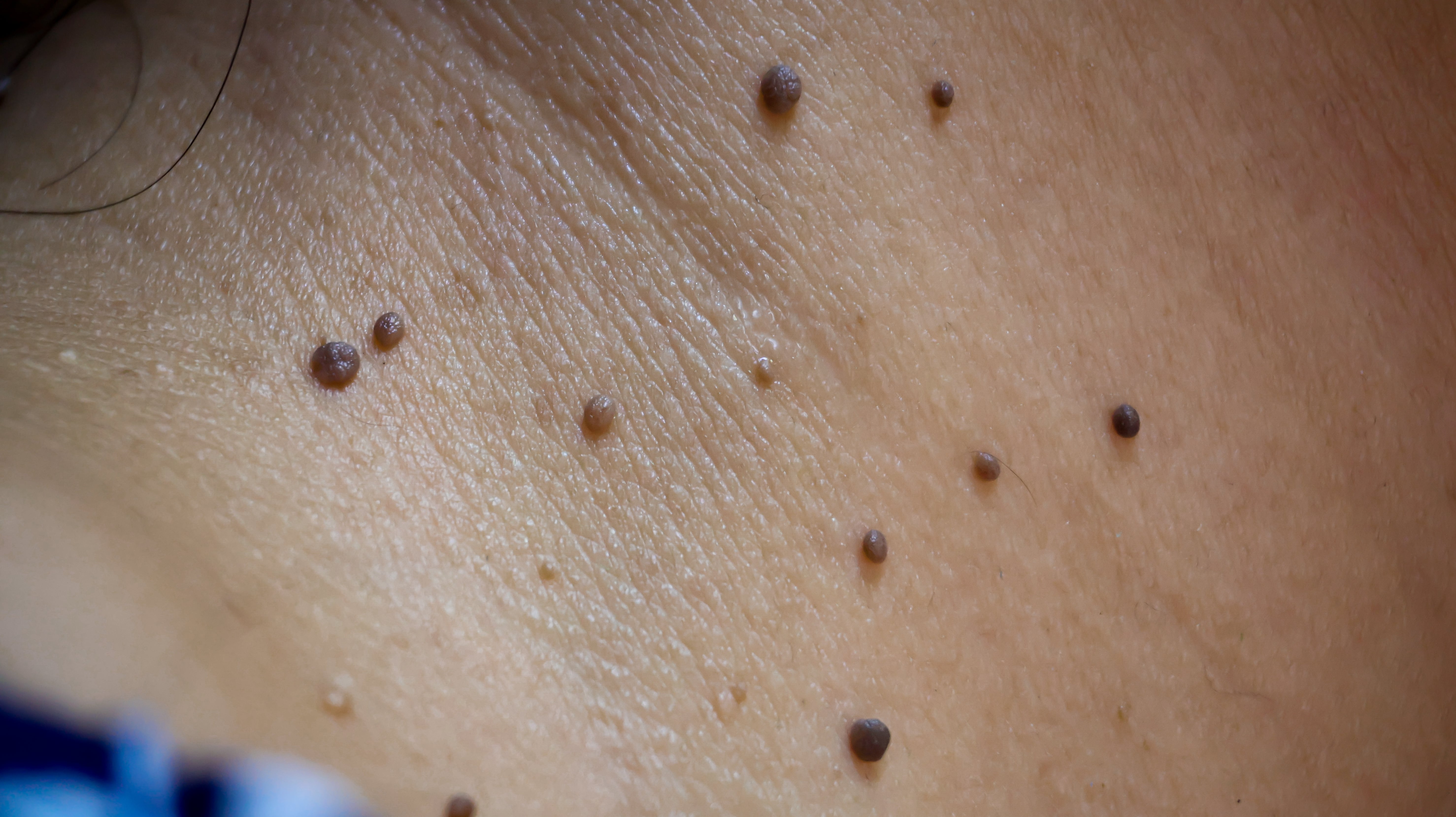
Skin tags are one of the most common noncancerous growths that appear on the skin’s surface. While they are generally harmless, many people choose skin tag removal for cosmetic reasons, comfort, or to rule out other skin conditions. At Eyre Esthetics, our team of professionals specializes in safe and effective methods to remove skin tags with minimal pain and excellent results.
In this detailed guide, we’ll cover the causes of skin tags, the most effective removal techniques, when you should seek medical treatment, and how to prevent future skin tags from developing.
Skin tags are small, soft growths that typically form when skin rubs against skin or clothing. They are made up of loose collagen fibers, skin cells, and blood vessels. While they are extremely common, skin tags are not contagious, and unlike genital warts or human papillomavirus (HPV)-related lesions, they are benign.
Although skin tags typically don’t require treatment, many people seek a skin tag removal procedure to improve comfort or appearance.
The exact cause of developing skin tags is not fully understood, but several risk factors increase the likelihood of growths:
Most skin tags are harmless and don’t require medical intervention. However, there are times when a health professional should examine them.
Seek a board-certified dermatologist or healthcare provider if:
Remember, while most skin tags are harmless, any unusual skin growth should be evaluated.
At Eyre Esthetics, we provide safe, professional methods to treat skin tags. Here are the most common tag removal techniques:
Some people try over-the-counter solutions or home remedies like apple cider vinegar, wart remover, or store-bought tag removers. While these may work for small tags, they can lead to excessive bleeding, infection, or scarring if not done properly. Always consult a health professional before attempting home removal.
When you book a skin tag removal appointment with Eyre Esthetics, here’s what you can expect:
Most patients experience minimal pain and return to normal activities immediately after treatment.
Once the skin tag removed, proper aftercare ensures smooth healing:
Healing times vary depending on the method used, but most people notice complete recovery within 1–2 weeks.
While it’s not always possible to stop skin tags form, you can reduce your risk:
Although developing skin tags increases with age, practicing good skincare habits may reduce how many appear.
You should see a board-certified dermatologist or healthcare provider if:
Skin tags are extremely common, and while they usually don’t require medical treatment, many people choose to have them removed for comfort and cosmetic reasons. Professional skin tag removal procedures—such as cryotherapy, cauterization, or surgical cutting—are safe, effective, and come with minimal downtime.
If you’re considering treatment, schedule your skin tag removal appointment with Eyre Esthetics to ensure safe, professional care. Our experienced providers will carefully evaluate your condition, offer the most effective method, and guide you through every step, from the procedure to aftercare instructions.
By understanding the causes of skin tags, knowing when they might require medical treatment, and following preventive measures, you can keep your skin healthy and feel confident in your appearance.
Fill the form below and we’ll get back to you as soon as possible!